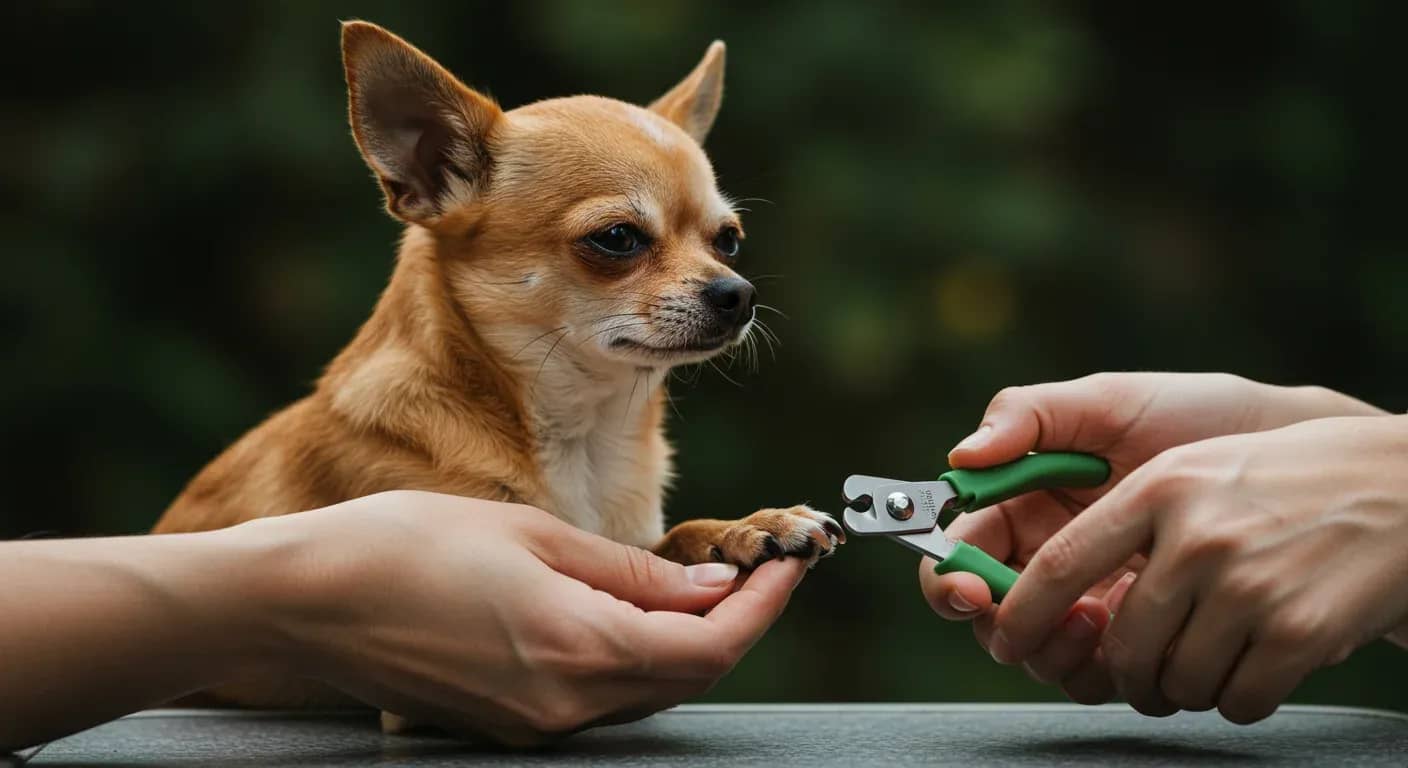At a glance
- Dalmatians need at least two hours of vigorous daily exercise to prevent destructive behaviours
- These dogs respond best to positive reinforcement training with consistent, confident leadership
- 15-30% of Dalmatians develop hearing loss, requiring special visual training techniques
- Early socialisation is crucial to manage their independent nature and prevent stubbornness
Understanding your Dalmatian's energy requirements

You might notice your Dalmatian seems to have endless energy, and there's a good reason for that. These dogs were historically bred to trot alongside carriages for miles, which explains why they need significantly more exercise than many other breeds. Without sufficient physical activity, you'll likely see destructive behaviours emerge within days.
Most Dalmatians require at least two hours of vigorous exercise daily. This isn't a gentle walk around the block, but rather running, hiking, swimming, or structured play that gets their heart rate up. Many owners find that splitting this into morning and evening sessions works best for both dog and family schedules.
When these dogs don't get enough physical outlet, boredom sets in quickly. You'll see this manifest as chewing furniture, digging holes in the garden, or excessive barking. The solution isn't punishment but rather meeting their fundamental need for activity. Providing durable chew toys like Kong Classic or Nylabone can help redirect their energy constructively.
Mental stimulation matters just as much
Physical exercise alone won't tire out an intelligent Dalmatian. Their minds need engagement too, or you'll find they create their own entertainment, often in ways you won't appreciate. Puzzle toys like Nina Ottosson feeders or Outward Hound Hide-A-Squirrel toys can keep them occupied for extended periods.
Scent work and agility training tap into their natural abilities while providing mental challenges. Even simple games like hiding treats around the house or teaching new tricks can make a significant difference in their overall behaviour. Most owners notice improved calmness within a week of adding mental enrichment to their dog's routine.
Training approaches that work with their personality
Have you wondered why your dog sometimes seems to ignore commands they clearly know? Dalmatians are naturally independent thinkers, which can make training both rewarding and challenging. They're highly intelligent and learn quickly, but they'll also test boundaries if they sense inconsistency in your approach.
Positive reinforcement works exceptionally well with these dogs. They respond to treats, praise, and play as rewards, but they can shut down or become resistant if you use harsh correction methods. Their sensitivity means building trust is essential for successful training outcomes.
Consistency in your rules and expectations is non-negotiable. If jumping on the sofa is sometimes allowed and sometimes not, your dog will continue testing to see which rule applies today. Clear, consistent boundaries paired with confident leadership typically produce results within 4-8 weeks for basic obedience commands.
Early socialisation cannot be overstated in importance. Expose puppies to diverse people, animals, and environments between 8-16 weeks of age, though socialisation should continue throughout their lives. This prevents the wariness of strangers that can develop in under-socialised dogs.
Addressing common behavioural challenges
Many Dalmatian owners worry when their dog becomes destructive or seems to ignore training. Often, these issues stem from unmet exercise needs or inconsistent handling rather than defiance. Separation anxiety can also develop due to their highly social nature and strong bonds with their families.
For destructive chewing, increase daily exercise first, then provide appropriate outlets. Supervise your dog when alone initially, gradually building independence. Most dogs show improvement within weeks if their physical needs are being met.
Stubbornness usually indicates a need for clearer leadership rather than more forceful methods. Avoid mixed messages in your training, and ensure all family members follow the same rules. Professional help may be needed if aggression or severe anxiety develops, as these require immediate intervention.
Special considerations for deaf dogs

Research tells us that 15-30% of Dalmatians develop hearing loss due to a genetic link with their distinctive spotting pattern. This doesn't mean these dogs can't be trained effectively, but it does require adapting your methods.
If you suspect hearing loss, consult your veterinarian for proper BAER testing to confirm the diagnosis. For deaf dogs, visual cues replace verbal commands. Hand signals, vibration collars like the PetSafe Vibrating Collar, and visual markers become your primary communication tools.
Training deaf dogs requires patience but can be highly successful. Always pair visual signals with rewards, and be careful not to startle them by approaching from behind. Many deaf dogs become exceptionally attentive to their owners' body language and facial expressions.
Recognising when professional help is needed
Sometimes the reasons for persistent behavioural issues are medical, sometimes behavioural, and sometimes a combination of both. If increased exercise and consistent training don't resolve problems within a few weeks, it's time to seek professional guidance.
Aggression or extreme fearfulness requires immediate professional intervention, regardless of your dog's age. Similarly, if destructive behaviours continue despite meeting exercise needs and providing appropriate outlets, a certified trainer or veterinary behaviourist can identify underlying causes you might have missed.
Don't wait months hoping issues will resolve on their own. Early intervention typically leads to faster, more successful outcomes for both you and your dog.
Setting realistic expectations for training success
Most Dalmatians master basic commands within 4-8 weeks of consistent daily training sessions. However, addressing behavioural issues like destructiveness or anxiety may take longer, particularly if the problems have been developing for months.
You'll likely see initial progress within the first week of implementing changes, but lasting behavioural modification typically requires three to four weeks of consistency. Remember that these dogs thrive with owners committed to meeting their specific needs for exercise, mental stimulation, and clear leadership.
Success with this breed comes from understanding their heritage as active, intelligent working dogs. When their needs are met appropriately, they make loyal, lively companions that bring joy and energy to active households. For more comprehensive information about potential health concerns including hearing loss and other breed-specific issues, consider reading about Dalmatian health issues.



